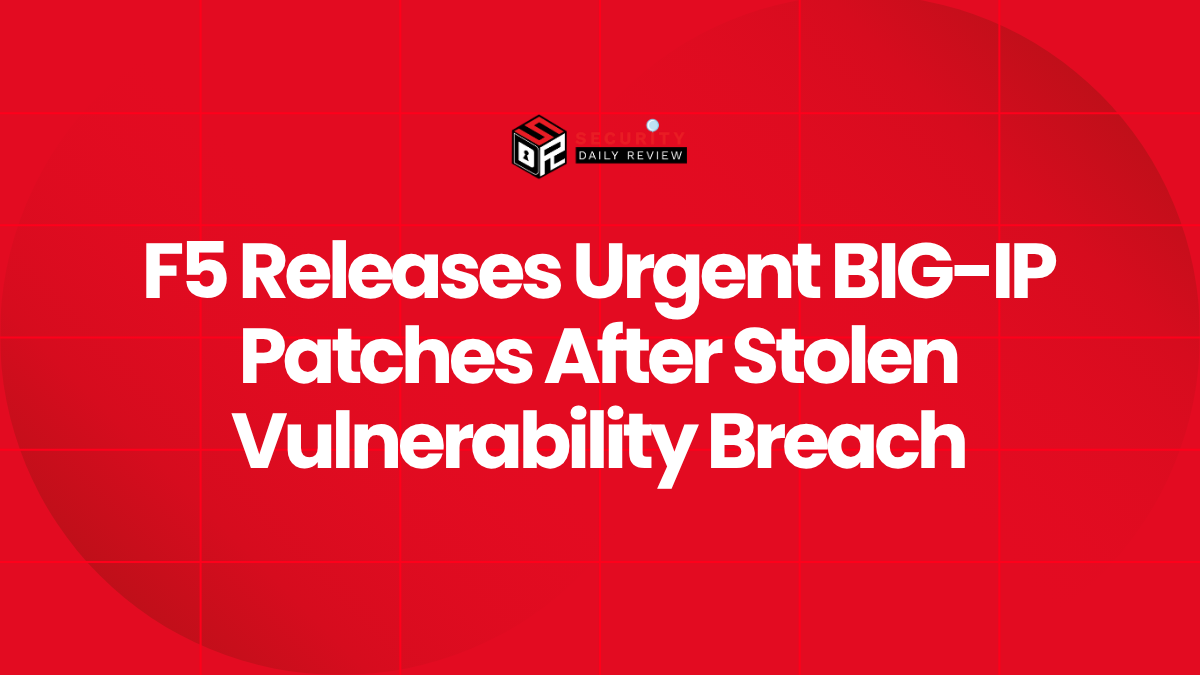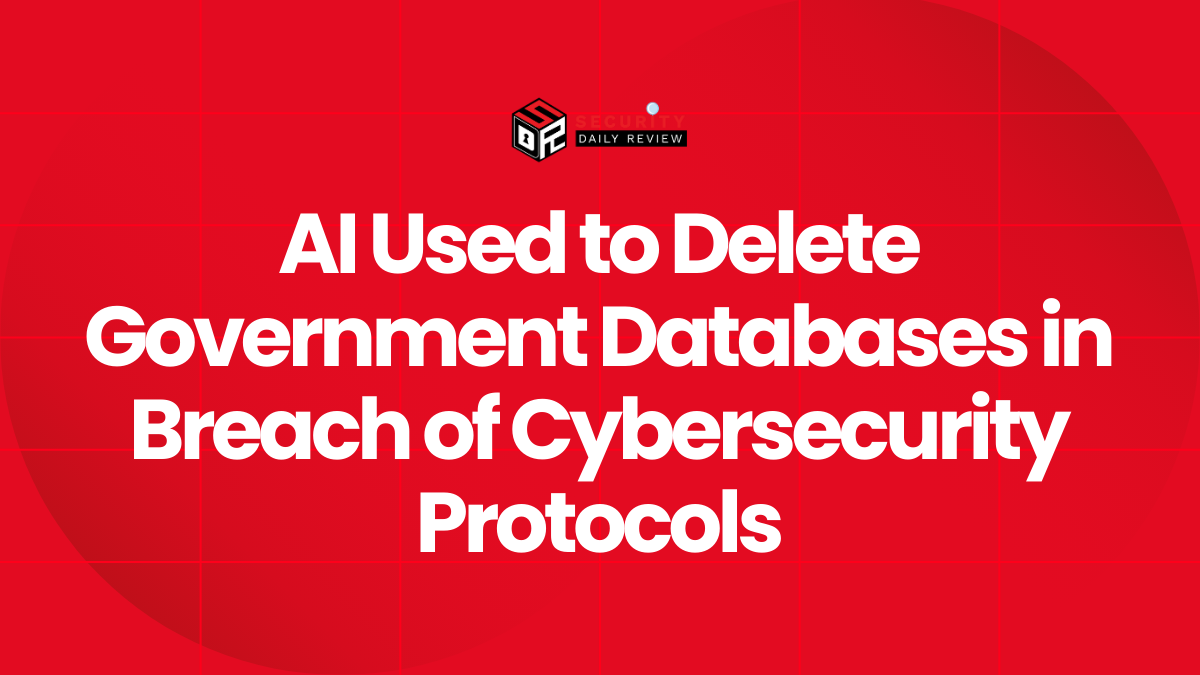A newly disclosed breach of F5 Networks has triggered urgent federal action, after sophisticated threat actors—likely linked to a foreign state—exfiltrated source code and internal vulnerability data connected to the company’s widely used BIG-IP software. The U.S. Cybersecurity and Infrastructure Security Agency (CISA) has issued Emergency Directive 26-01, citing an imminent national security threat and mandating swift patching, asset inventory, and hardening of all affected devices.
Stolen F5 Vulnerabilities Trigger Sweeping Emergency Response
The compromise of F5 Networks—discovered on August 9, 2025, and publicly disclosed in October—appears to stem from a long-running attack campaign believed to be nation-state sponsored. According to U.S. officials and independent reports, the attackers had persistent access to internal F5 systems, targeting the development environment behind BIG-IP, F5OS, BIG-IQ, and BNK/CNF product lines.
While no zero-day vulnerabilities were reportedly exploited during the breach, the attackers stole sensitive proprietary files that included:
- BIG-IP source code
- Undisclosed vulnerability intel
- Engineering documentation and product development information
Despite no detected exploitation in the wild, the exposure of internal vulnerability data presents a high risk of future attack chains. This concern prompted CISA to act decisively.
Directive 26-01 Demands Aggressive Remediation
On October 16, CISA issued Emergency Directive 26-01, ordering all U.S. federal civilian agencies to take predefined protective measures:
- Apply F5 patches by October 22 for core products.
- Complete patching or decommissioning of all other F5 appliances by October 31.
- Disconnect and decommission any externally accessible F5 management interfaces.
- Audit all F5 assets to determine version details, exposure, and suspicious activity.
F5 simultaneously published patches remediating 44 security vulnerabilities, confirming to customers that these updates address both previously disclosed issues and potential fallout from the breach.
Long-Term Compromise and Attack Attribution
The attack appears exceptionally stealthy and prolonged. Axios reports F5 identified the intrusion in August, but attackers may have operated undetected for up to a year. PC Gamer and Bloomberg sources suggest the operation was possibly backed by Chinese state-linked actors—although no official attribution has been confirmed by F5 or U.S. cyber defenders.
According to F5’s SEC filing, threat actors had extensive access to internal systems but did not modify the software update pipeline. Engineering environments and configuration data were touched—but CRM, financial, or case management systems were unaffected.
Security analysts note the quiet replacement of cryptographic signing keys—typically an indicator of deep compromise. Experts warn this could open the door for poisoned, counterfeit software to masquerade as legitimate F5 updates, particularly on unpatched or unsupported appliances.
F5 Offers Guidance and Detection Improvements
In addition to releasing patches, F5 published updated hardening instructions for administrators. These include:
- Enabling BIG-IP event streaming to connect to SIEM and threat detection platforms
- Configuring remote syslog logging for audit trails
- Monitoring high-value login events—especially failed authentications and privilege escalations
F5 also advises customers to disable any unnecessary administrative or public-facing interfaces and to review all perimeter-exposed systems for signs of compromise.
Supply Chain Threats Underscore Strategic Targeting
Security analysts view the F5 breach as part of a wider trend in which nation-state groups seek privileged access to software vendors’ development repositories and signing infrastructure. By compromising software at the source, adversaries hope to:
- Extract future vulnerability data for pre-positioning
- Harvest cryptographic secrets to spoof trusted updates
- Implant persistent backdoors into supply chains of governments and critical infrastructure
These campaigns benefit from long dwell times and sophisticated tradecraft, often slipping through detection due to the complexity of developer environments and privileged network access.
Ryan Dewhurst, an independent security expert cited by ITPro, warned that older software versions may be especially at risk, particularly if stolen keys have been repurposed by the attackers.
Federal Systems Face Elevated Risk Levels
Given F5’s significant role in managing enterprise network traffic and application delivery across cloud and hybrid environments, the potential for systemic risk is substantial. The exploited software features heavily in:
- Federal agency infrastructure
- Financial sector networks
- Healthcare, energy, and defense supply chains
CISA’s emergency directive explicitly warns of the risk of lateral movement, credential theft, and persistent threat actor presence through compromised F5 devices.
Despite assurances from F5 that no attacks leveraging the breach have yet been detected, the agency urges administrators to operate under the assumption of elevated exposure until every asset is secured.
Immediate Takeaways for Security Teams
For security-conscious organizations running F5 products, the following actions are now critical:
- Apply the latest F5 security patches immediately , especially the 44 newly addressed vulnerabilities
- Audit network traffic and configurations involving BIG-IP, F5OS, and related products
- Replace older appliances and rotate cryptographic credentials where feasible
- Harden access controls, disable unnecessary interfaces , and enforce least privilege on management pathways
- Enable centralized logging and SIEM integration for sustained visibility into F5-generated events
The breach highlights the pressing importance of securing development environments, enforcing software supply chain integrity, and proactively managing exposure to actively targeted technologies.
As of publication, no additional exploitable zero-days linked to the stolen data have been discovered, but the window for covert weaponization remains open. F5 and federal agencies will likely continue forensic investigation, while enterprise defenders remain on high alert.









